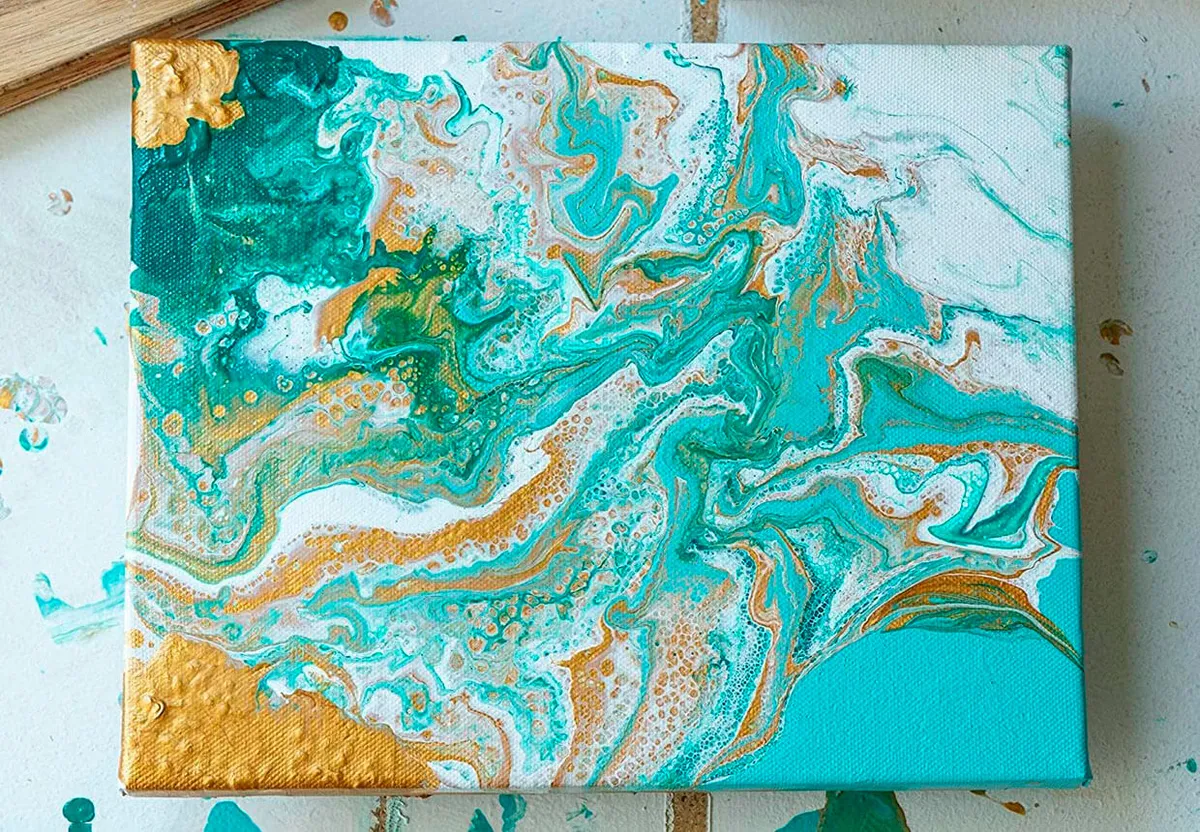To get that professional finish, you need to know how to use paint and other techniques properly. Whether you’re new to painting or have been doing it for years, there are many ways that you can improve your technique and finish.
One of the best ways to improve your painting skills is by learning how to mix colors. It can be a daunting task for beginners, so make sure to keep your color chart handy. It will help you mix new shades of paint for future paintings.
Brushstrokes
Brushstrokes are the foundation of a successful painting and help to highlight the most important elements. They also provide texture and depth to the paint.
Brush strokes vary in speed, direction and thickness. Quick brush strokes are ideal for capturing the motion of grass or fringe detail, while slow brushstrokes create depth and texture in skies and rounded organic forms.
The quality and behavior of brush strokes depend on the consistency of the paint, how it is mixed, how it is applied, and the way the brush is held. When the paint is thin, the end of the brushstroke looks thick and scratchy; when the paint is thicker, it has more volume.
Layers of paint
Layering paint is a technique that allows you to add texture and depth to your painting. It can also help you to achieve a professional finish.
One of the best paint types for working in layers is acrylic. It is a fast-drying synthetic polymer that can be diluted with water to create different effects.
Another benefit of using acrylic is that it’s very flexible, so you don’t have to plan each step ahead like you would with oil paint.
To ensure a good adhesion between paint layers, it is important to apply retouching varnish in thin layers. This helps to prevent sunken-in areas from appearing and will also ensure that too much oil is not sucked away from a future paint layer.
Composition
Composition is the process of arranging, aligning and distributing elements in a design to make it look and feel cohesive. It’s an essential part of any good design and can transform a shabby-looking piece into something sleek and effective.
A composition is often the most overlooked step of the creative process, but if you master it, your design can be far more powerful and compelling. It also helps to ensure that your designs are readable from a distance and convey their message clearly.
A composition can be applied to anything, from a piece of art to a logo or a website. It can be as simple or complicated as you like, but it’s a technique that can help to guide your design.
Value
Creating a painting that has strong value is a critical step in achieving a professional finish. This is because it will help you create a believable 3D appearance to your artwork.
You can learn how to make the best use of value by practice. Start by mixing a puddle of paint that is about half way between black and white.
Keep your values simple by mixing only 2 or 3 strengths of each color you use in your work.
Another good technique is to use a value scale that ranges from 1 to 9 or 10 to organize your tonal range. This will make it easier to place your light, middle tones and darks in your painting.
Colour
Color is a way of conveying emotion and meaning through hue, lightness, saturation and value. It’s one of the most important aspects of a painting, and it can help you achieve a professional finish.
A good technique to start with is monochrome painting, which can be a great way to learn the basics of paint and colour. It also helps you get to grips with values, which are the lightness and darkness of a subject.
Values are independent of the hue, so it’s important to understand how to judge them in your paintings. This can be difficult when you have a wide range of colors, but monochrome painting helps you become better at this skill.





